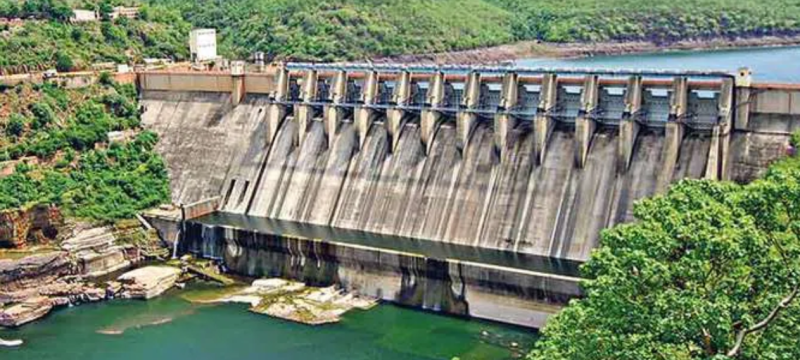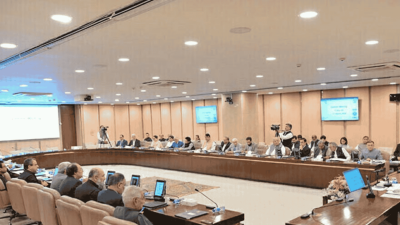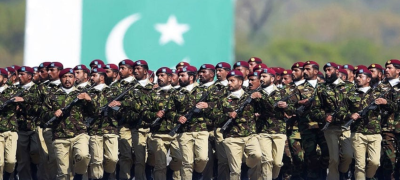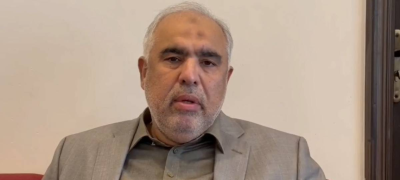Water levels in Rawal, Simly, and Khanpur dams the primary water sources for Rawalpindi and Islamabad are dropping at an alarming rate due to a sharp decline in rainfall and an extended dry spell. Officials have warned that the situation is compounded by a significant fall in the groundwater table, with Rawalpindi’s water table plunging below 700 feet, triggering widespread shortages.
To manage the escalating crisis, authorities have prepared a water rationing plan set to take effect in the second half of May. The dwindling supply has also fueled a surge in demand for private water tankers, as residents scramble for alternatives. Data from the National Drought Monitoring and Early Warning Centre shows all three dams are approaching critical levels, with enough water to sustain the twin cities for only 40 to 45 days if rainfall does not arrive soon.
Also Read:India’s Water Drama Exposed as Experts Dismiss Threat to Pakistan
In response, the Water and Sanitation Agency (WASA) has introduced a Water Control Plan, which includes restrictions on non-essential water usage, crackdowns on water theft, and requirements for car wash stations to install recycling systems. WASA’s aging network of tube wells is under increased strain, and free tanker water is being delivered to severely affected neighborhoods, while private tanker services continue to operate at a fee.
Officials stress that long-term solutions like the Ghazi Barotha Project and the completion of the Chahan Dam Water Supply Scheme are essential to secure future water supplies. Without sustained rainfall in the coming weeks, the region could face severe water scarcity, exacerbated by rising temperatures and evaporation.









